Can Red Bull recover without Adrian Newey?
Red Bull's RB21 struggles stem from wind tunnel correlation issues and key staff departures. Max Verstappen no longer sees himself as a title contender.
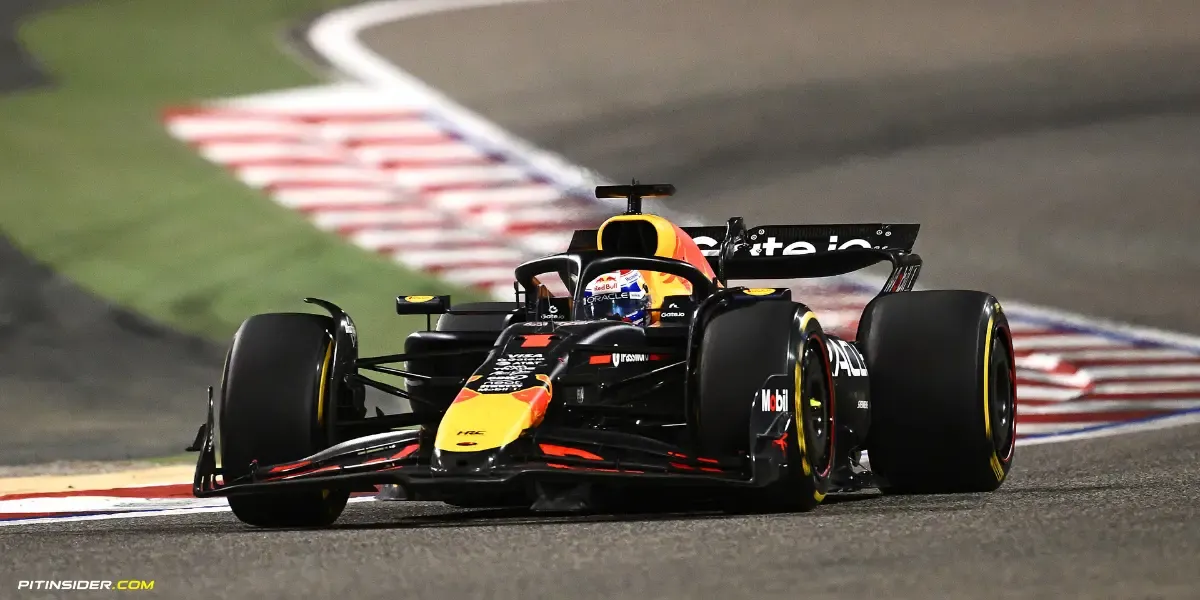
The stark contrast couldn't be more dramatic. At the 2024 Bahrain Grand Prix, Max Verstappen delivered a grand chelem with the closest non-Red Bull driver finishing nearly half a minute behind.
Just over 12 months later at the same circuit, Verstappen found himself over 30 seconds adrift of the winner, fighting balance issues and a car that bears little resemblance to its dominant predecessor.
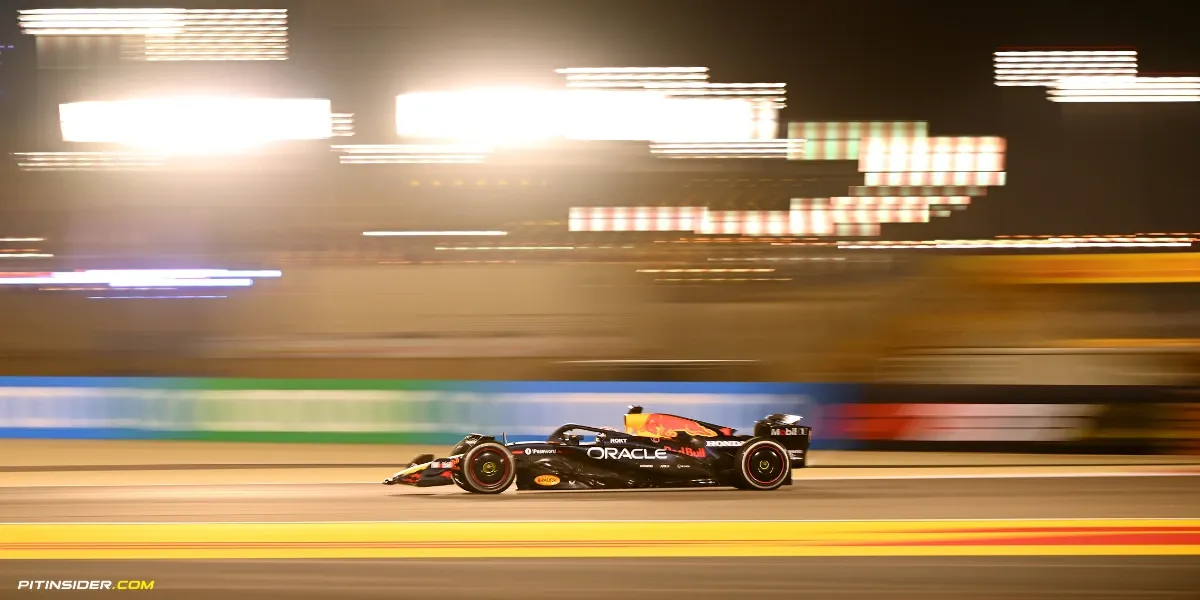
Red Bull's fall from grace has been both swift and concerning.
The team that rewrote the record books with the most dominant season in Formula 1 history now finds itself struggling to compete at the front of the grid, raising serious questions about the Milton Keynes outfit's technical direction.
The brain drain effect
The departure of key personnel appears to have hit Red Bull harder than initially anticipated.
Adrian Newey's decision to step away from F1 before his eventual move to Aston Martin removed one of the sport's most brilliant aerodynamic minds from the team's technical arsenal.
But Newey wasn't the only significant loss. Rob Marshall, the team's chief engineering officer, moved to McLaren to become technical director, while sporting director Jonathan Wheatley seized an opportunity for advancement by accepting the team principal role at Sauber/Audi.

Despite these losses, Red Bull has maintained continuity in other key positions. Paul Monaghan remains chief of engineering, Pierre Waché continues as technical director (a position he's held since 2018), and Enrico Balbo has stayed on as head of aerodynamics since 2021.
Understanding the RB21's problems
After the Japanese Grand Prix offered a glimmer of hope with Verstappen finding the right setup to claim victory, Bahrain brutally exposed the RB21's fundamental flaws.
The car's deficiencies have left Red Bull searching for answers, with Verstappen now openly declaring he doesn't consider himself a championship contender this season.
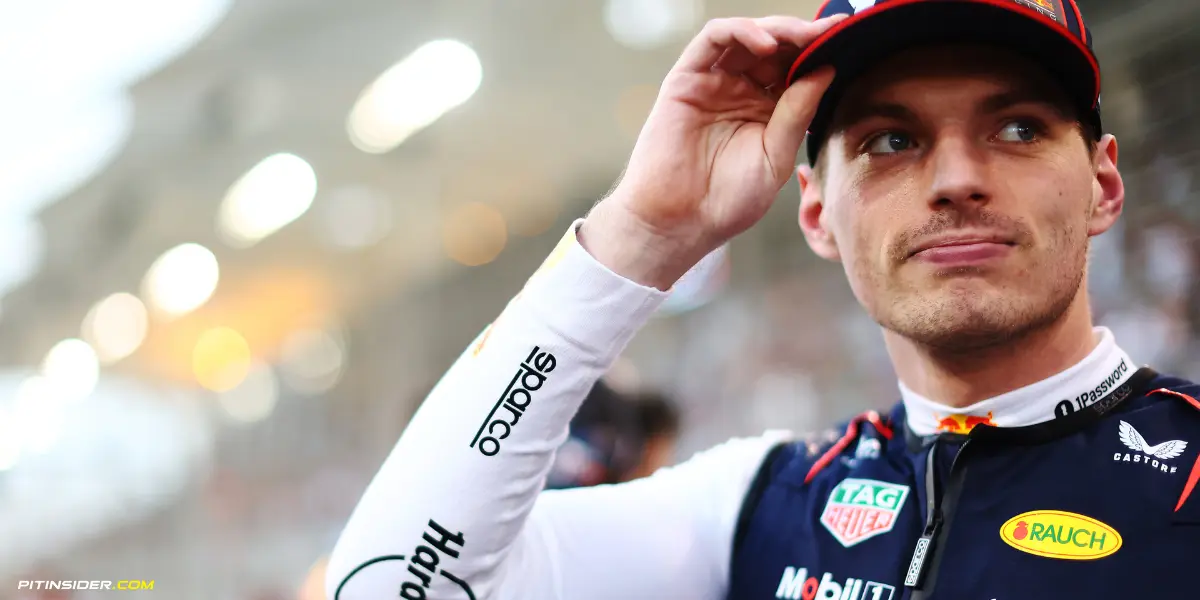
"We keep discussing, keep trying to improve,"
Verstappen told media after the race.
"We know that we have our problems. Even if you win a race, you know that doesn't go away. I said that already last week."
Christian Horner has identified correlation issues as the primary culprit, with a disconnect between what the team's simulation tools predict and what actually happens on track.
"The problems are understood,"
Horner explained.
"The problem is that the solutions, with what we see within our tools compared to what we're seeing on track at the moment, aren't correlating."
The aging wind tunnel problem

Red Bull's struggles stem largely from their aging wind tunnel facility. While a new state-of-the-art tunnel is under construction, it won't be operational until 2027, leaving the team to find workarounds for their current technical limitations.
"The tools, primarily the wind tunnel, have driven us in a direction that isn't replicating what we're seeing on track,"
Horner admitted.
"Then you end up with a mishmash between what your tools are telling you and what the track data is."
This disconnect has left Red Bull in the difficult position of having to rely more heavily on track data than simulation tools to guide development – a less efficient and more reactive approach to car development.
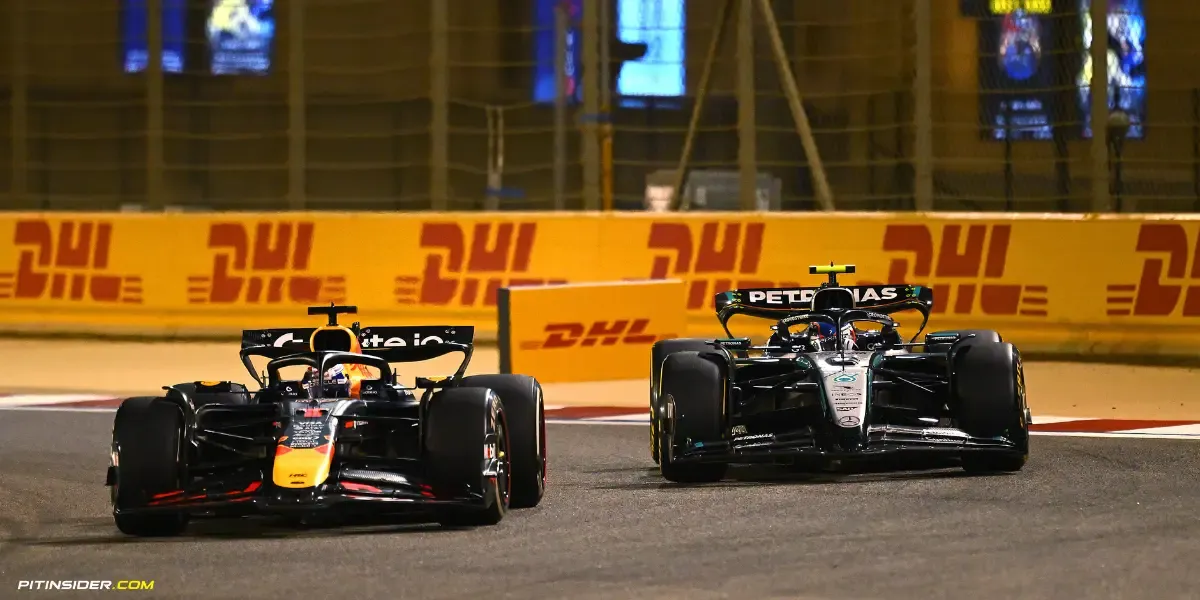
The Verstappen factor
Perhaps most concerning for Red Bull is the risk of losing their star driver. Speculation about Verstappen's future has intensified, with performance clauses in his contract potentially allowing him to leave before his current deal expires in 2028.
Verstappen's manager, Raymond Vermeulen, reportedly reacted angrily to the team's poor showing in Bahrain, creating additional tension within an already strained environment.
The timing couldn't be worse for Red Bull as they attempt to convince Verstappen they have the technical capability to overcome these challenges.
The development crossroads
Red Bull now faces a critical decision regarding resource allocation.
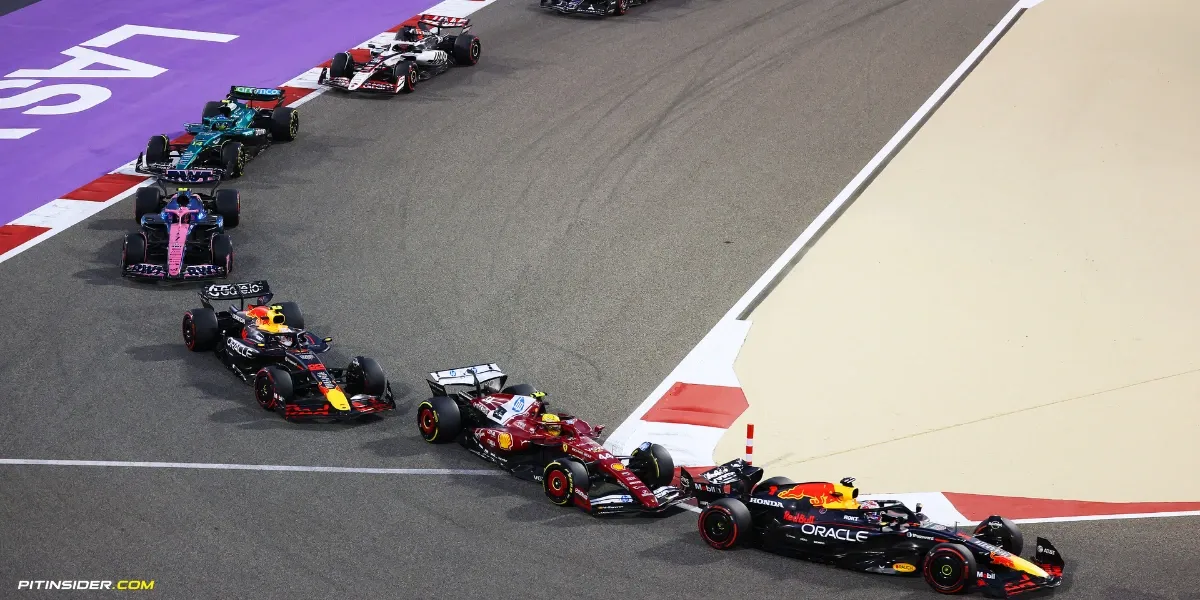
With the 2026 regulations looming, the team must determine how much development to pour into the current car versus switching focus to next year's challenger and the revolutionary 2026 project.
Planned upgrades for the Emilia Romagna Grand Prix could prove pivotal – not just for this season's championship hopes, but for Verstappen's confidence in the team's technical direction.
For a team accustomed to setting the pace, finding themselves in the role of chasers represents unfamiliar territory.
How Red Bull responds to this technical crisis could define not just their 2025 campaign, but their entire future in Formula 1's next regulatory era.


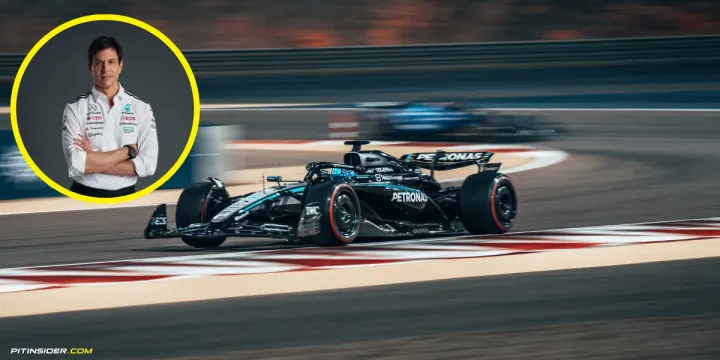

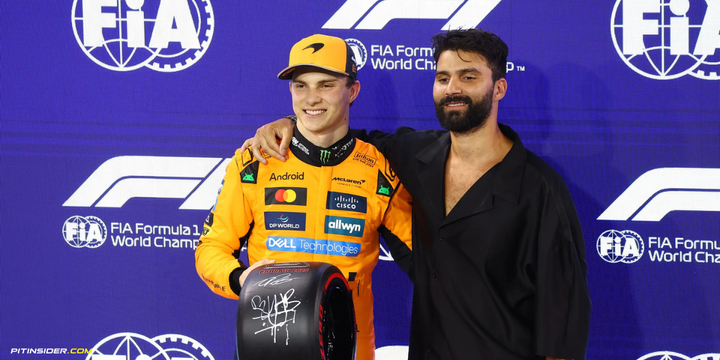
Comments ()